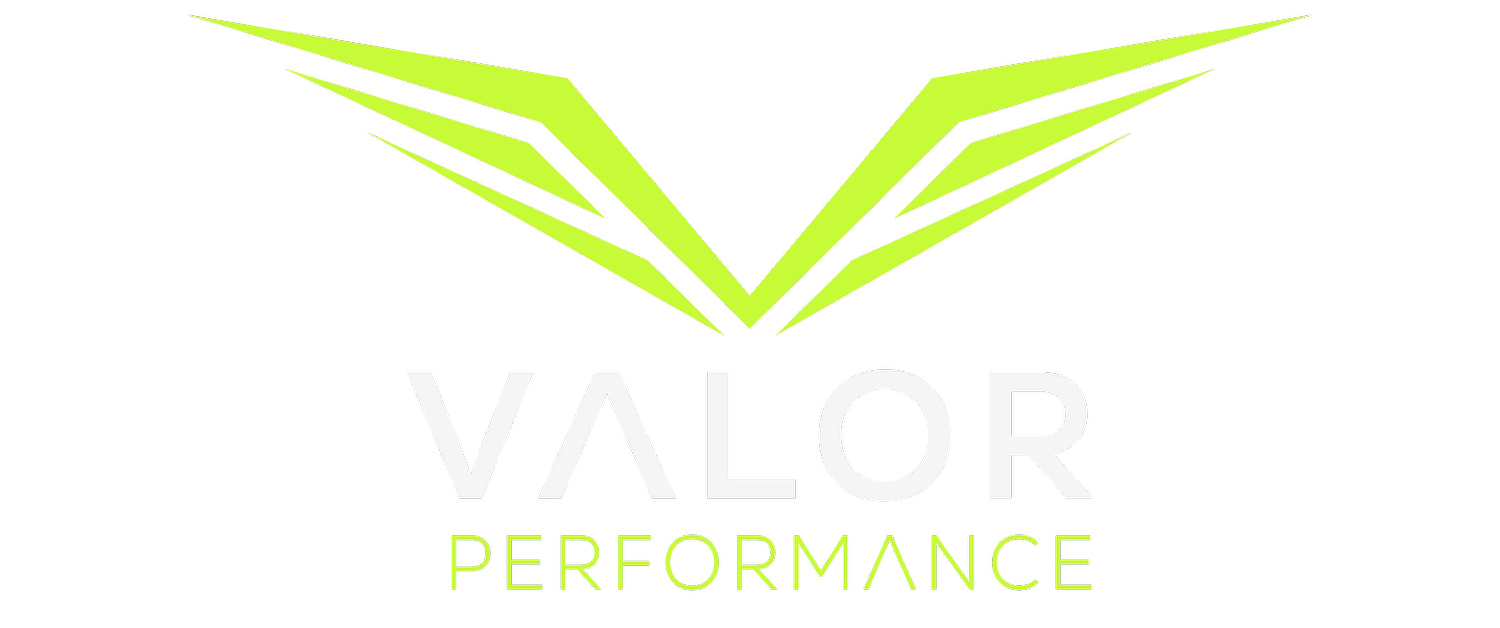The Essential Guide to Warming Up and Cooling Down: Maximize Your Workout
Properly warming up and cooling down is essential for maximizing your workout effectiveness and preventing injuries. In this guide, we’ll explore the best techniques to prepare your body for exercise and help it recover afterward. Discover the importance of these practices and learn how to incorporate them into your routine.
Why Do You Warm Up and Cool Down?
Warming up and cooling down are critical components of any workout routine. Warming up prepares your body for exercise by gradually increasing your heart rate and blood flow to your muscles, which enhances performance and reduces the risk of injury. On the other hand, cooling down helps your body transition back to a resting state, promoting recovery and flexibility.
What Is the Best Way to Warm Up Before a Workout?
The best way to warm up involves a combination of dynamic stretches and light cardio. Here are some effective techniques:
Dynamic Stretching: Unlike static stretching, dynamic stretches involve movement. Examples include arm circles, leg swings, and walking lunges. These movements not only increase blood flow but also improve your range of motion.
Light Cardio: Engaging in 5-10 minutes of light cardio, such as jogging, jumping jacks, or cycling, can effectively elevate your heart rate and prepare your muscles for more intense activity.
Specific Warm-Up: Tailor your warm-up to the specific workout you plan to do. For instance, if you’re going to run, include high knees and butt kicks; for weightlifting, do some bodyweight squats and shoulder rotations.
What Is the Best Way to Cool Down After a Workout?
Cooling down is equally important and should involve gradual decreases in intensity to help your body recover. Here are some recommended techniques:
Static Stretching: After your workout, spend 5-10 minutes doing static stretches. Focus on major muscle groups that you worked during your session. Hold each stretch for 15-30 seconds to enhance flexibility and promote relaxation.
Light Walking: A few minutes of light walking can help bring your heart rate back to normal. This gentle activity aids in preventing dizziness and allows your muscles to transition from high intensity to rest.
Hydration: Don’t forget to hydrate! Drinking water after your workout is crucial for recovery and can help prevent muscle cramps.
What Happens If You Don’t Properly Warm Up and Cool Down?
Neglecting to warm up and cool down can lead to various issues. Without a proper warm-up, you increase your risk of injury, such as strains or sprains, as your muscles may not be adequately prepared for the demands of exercise. Additionally, not warming up can result in decreased performance, as your body may not function optimally.
On the flip side, skipping a cool-down can lead to increased muscle soreness, stiffness, and prolonged recovery time. Moreover, abrupt cessation of activity may cause dizziness or fainting. It’s essential to prioritize these practices to ensure your workout is safe and effective.
How Long Does It Take to Warm Up and Cool Down?
A good warm-up typically takes around 5-10 minutes, while a cool-down should also last about 5-10 minutes. This relatively short investment of time can significantly enhance your workout experience and outcomes. Focus on the quality of your warm-up and cool-down rather than the duration, ensuring that you engage in exercises that effectively prepare and recover your body.
Conclusion
Incorporating proper warm-up and cool-down routines into your workouts is essential for maximizing performance and minimizing injury risk. By taking the time to prepare your body for exercise and helping it recover afterward, you’ll enjoy more effective workouts and improved overall fitness. If you're looking for personalized guidance, consider reaching out to Valor Performance Personal Training. They can help you create a tailored warm-up and cool-down routine that suits your specific needs.
